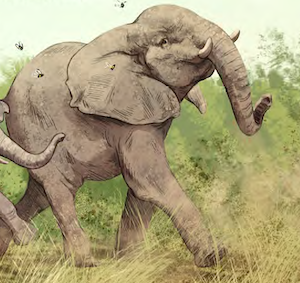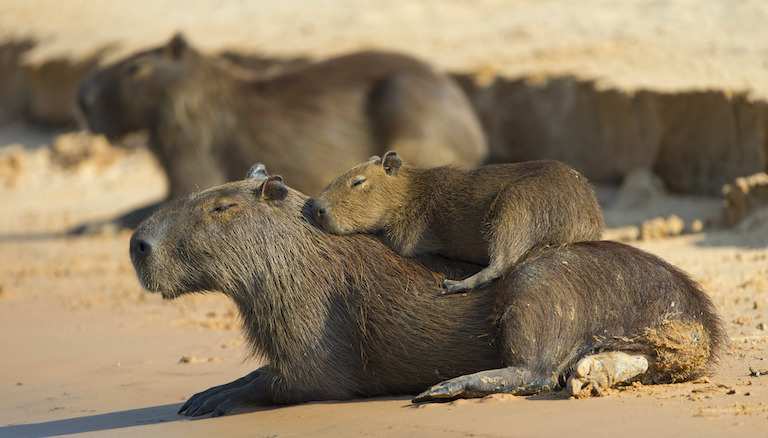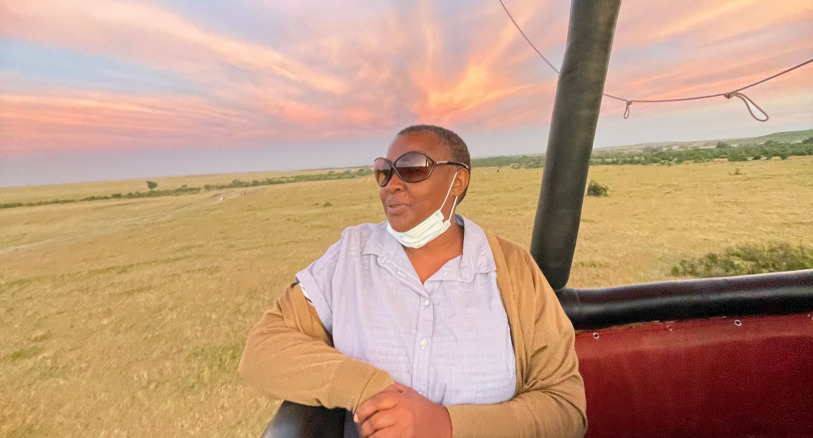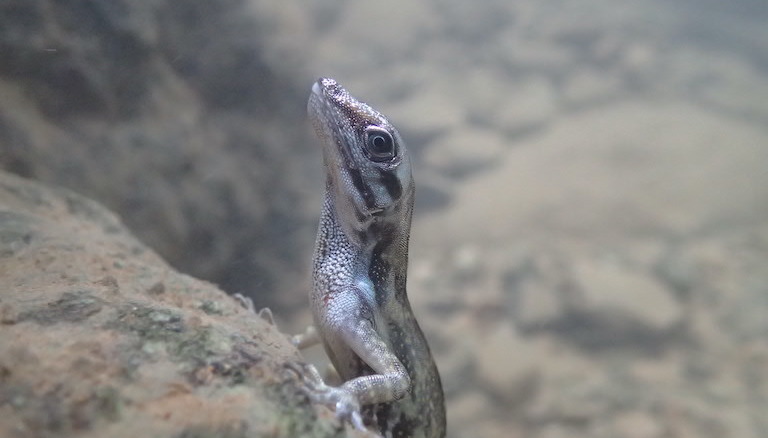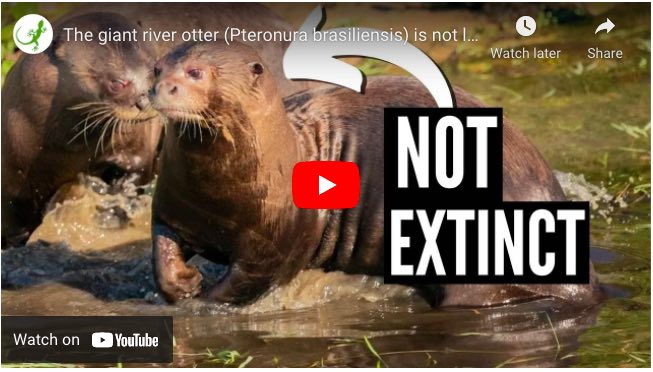A spooky surprise!
Researchers have described a new-to-science carnivorous caterpillar nicknamed the “bone collector.”
Fancy case caterpillars are a group of about 600 species found only in Hawaiʻi. These caterpillars — the larval stage of moths — build a protective case around themselves to keep safe from birds and other predators.
Some fancy case caterpillars have oyster-shaped or smooth cases. Others have burrito-shaped cases. Some decorate their cases with bits of moss, lichen, or sand to blend in with their environment. The bone collector is special because it is the first one known to decorate its case with bits of dead insects.
If you were a spider, would you eat this?
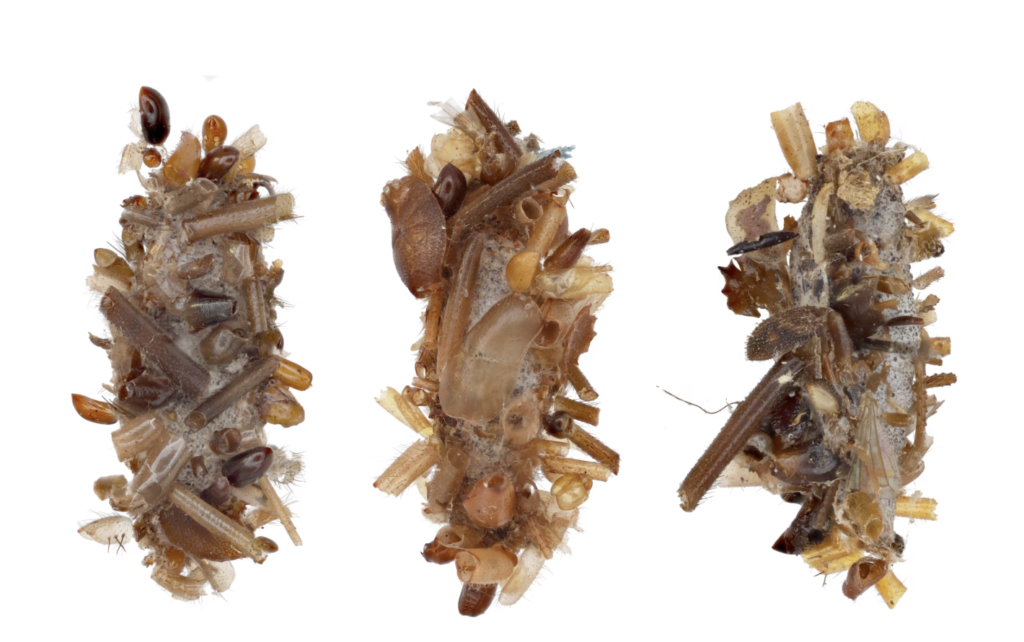
The bone collector caterpillar lives on spiderwebs and eats insects. These traits are quite unusual for a caterpillar.
Unlike most caterpillars that use camouflage to avoid being eaten, the bone collector “flips the script,” Daniel Rubinoff, told Mongabay. Daniel is the study’s lead author and an entomologist at the University of Hawaiʻi. “I want to look like your last week’s meal so that … you notice me for sure. But you think I’m garbage.”
This leaves the caterpillar safe from the spider, but with easy access to a free meal caught in the spider’s web. The caterpillar can discreetly stick its head out of its case and feast away.
Ancient and endangered
Using DNA analysis, Daniel and the research team found that the bone collector split from its closest relatives about 6 million years ago. That makes the bone collector older than the Hawaiʻian Islands themselves. Daniel says the species likely evolved on older islands that have since eroded back into the sea. But not before some caterpillars migrated to nearby younger islands.
The newly described caterpillar is already in danger. It has only been found on the island of Oʻahu in a small stand of forest. This makes it extremely vulnerable to habitat loss and invasive species.
Megan Strauss adapted this story for Mongabay Kids. It is based on an article by Bobby Bascomb, published on Mongabay News.

